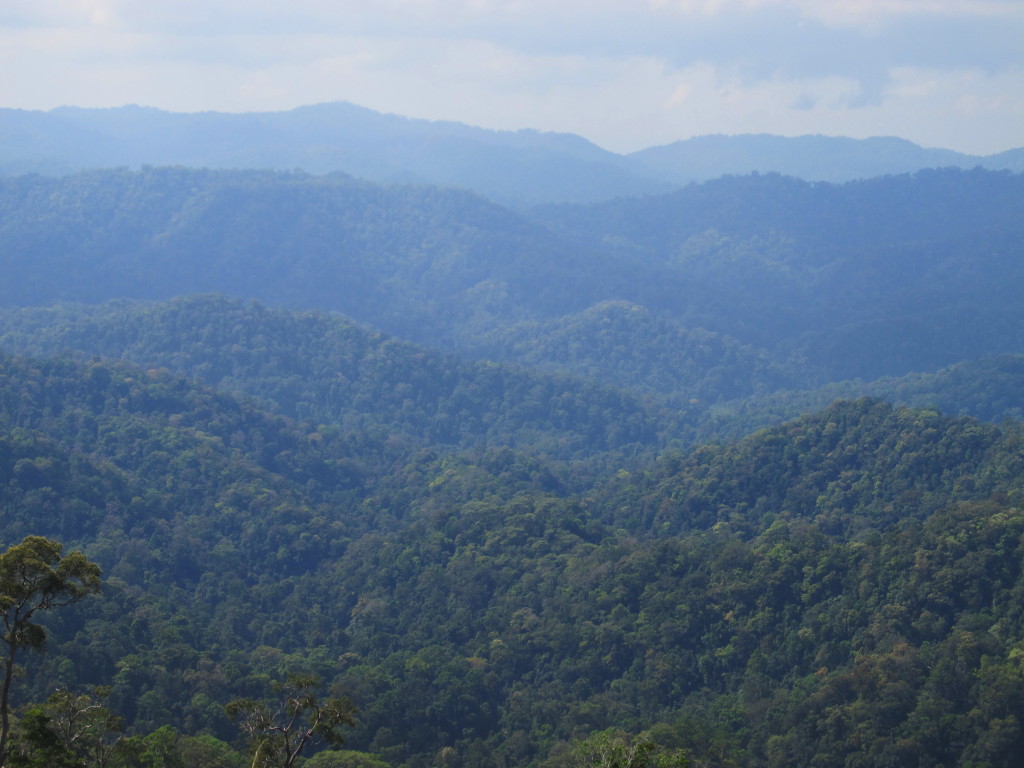 UK-based consultancy “The Biodiversity Consultancy” (TBC) has published a report entitled “Review of the Taninthayi Nature Reserve Project as a conservation model in Myanmar” (authors: E. H. B. Pollard, Soe Win Hlaing and J. D. Pilgrim). The study was commissioned by the Wildlife Conservation Society – Myanmar country program and carried out in collaboration with the Myanmar Forest Department. Thanks to Edward Pollard for sharing the information. The full report can be downloaded here and find the pdf here: Review of the Taninthayi Nature Reserve Project as a conservation model in Myanmar.
UK-based consultancy “The Biodiversity Consultancy” (TBC) has published a report entitled “Review of the Taninthayi Nature Reserve Project as a conservation model in Myanmar” (authors: E. H. B. Pollard, Soe Win Hlaing and J. D. Pilgrim). The study was commissioned by the Wildlife Conservation Society – Myanmar country program and carried out in collaboration with the Myanmar Forest Department. Thanks to Edward Pollard for sharing the information. The full report can be downloaded here and find the pdf here: Review of the Taninthayi Nature Reserve Project as a conservation model in Myanmar.
Read also what TBC says about the study and the key lessons learned below.
About
This review documents the main elements of the Taninthayi Nature Reserve Project (TNRP). We assess how the model was developed and the project implemented, and highlight some key lessons which can be learned. The project involves payments from private companies to support the creation and on-going management of a protected area. This public-private partnership is unique in Myanmar and could form the basis of a model which can be applied to other developments in the country.
All project partners who were consulted view the project favourably. They believe that the project is contributing to the conservation of Myanmar’s biodiversity, and this has been done at no operational, and only minor financial, burden to the companies involved. The initiative has helped companies to successfully manage some non-technical risks associated with operating in a sensitive environment with globally-important biodiversity. The TNRP compensates for some impacts on biodiversity caused by the pipelines and support facilities, which has helped to address stakeholder concerns. In addition, protection of the forest area around the pipeline has reportedly reduced the risk of erosion damage to pipelines and might have contributed to improved security along the pipeline.
Current best-practice in compensating for industry impacts on biodiversity centres on use of the mitigation hierarchy, including biodiversity offsetting. We reviewed the TNRP against IFC PS6 the BBOP standard and other key guidance. The pipelines and TNRP were not originally developed to be in alignment with these standards and the TNRP is not an offset. The TNRP thus does not meet current mitigation or offsetting best-practice in many areas. Our review does, however, highlight key lessons learned from the TNRP – particularly if it is adapted as a model for wider use in Myanmar:
- Impact assessments should thoroughly analyse both direct and indirect impacts on biodiversity in order to develop a more complete understanding of the impacts.
- The mitigation hierarchy should be followed during the construction and operation of infrastructure, in order to minimise the residual impact of the project on biodiversity.
- In order to identify how much compensation is enough, it is necessary to quantify biodiversity losses from development impacts and gains from conservation activities.
- Monitoring of actions on the ground is the only way to determine their success in mitigating residual impacts and reducing background rates of loss in biodiversity.
